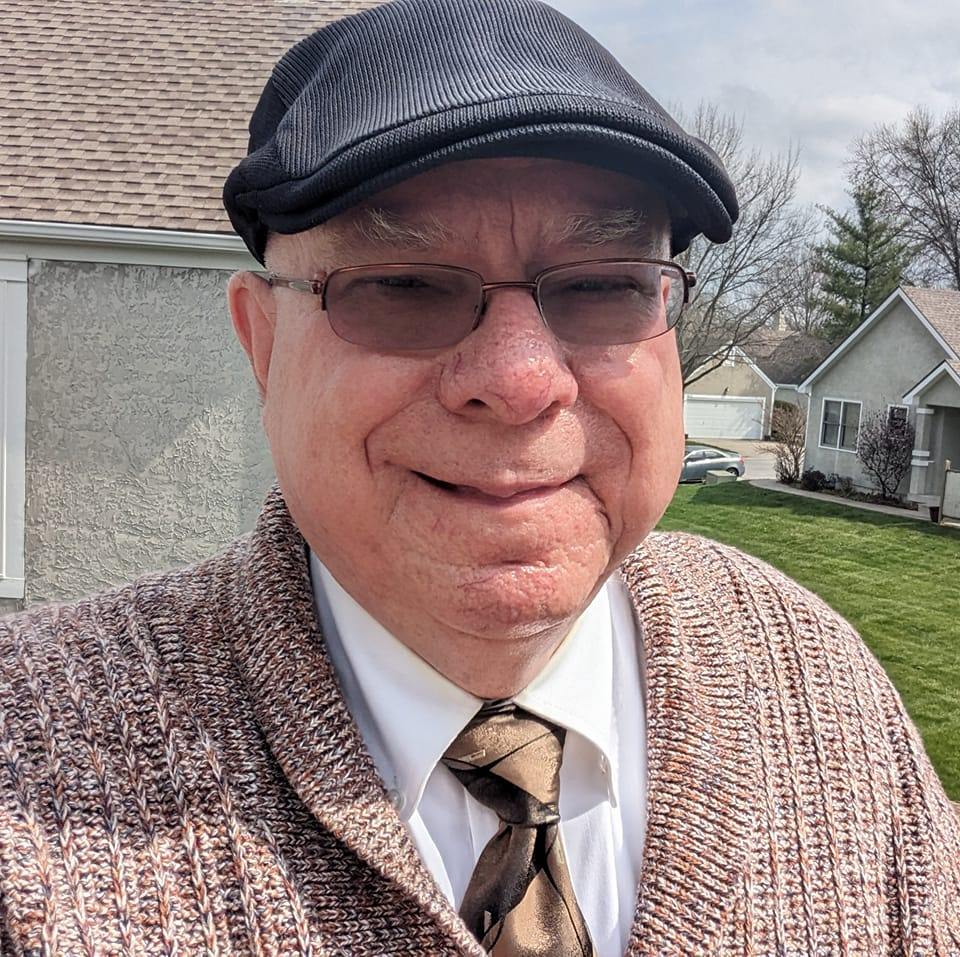A Few Thoughts for Chaplains and Counselors
 Good chaplains and counselors start “working themselves out of a job” when they first get involved. They truly succeed when the troubled people they help no longer need them. The opposite is what I call “missionizing” – the rescue mission version of institutionalization. It is possible to teach needy people to function successfully while staying in the mission, but not prepare them to live a healthy, sober life after they have left.
Good chaplains and counselors start “working themselves out of a job” when they first get involved. They truly succeed when the troubled people they help no longer need them. The opposite is what I call “missionizing” – the rescue mission version of institutionalization. It is possible to teach needy people to function successfully while staying in the mission, but not prepare them to live a healthy, sober life after they have left.
There are a few ways to avoid this.
A. Equip people to help themselves: Discover each program participants needs and help him/her to own these needs for themselves. Telling people what they need does little good if they don’t eventually “own” those needs for themselves. Sometimes needy people expect us to “fix them.” However, successful recovery begins when addicts take responsibility for their own lives. This begins by bringing them to a saving knowledge of Christ — taking responsibility for their own eternal destinies. We need to create other essential “confrontations with reality” for each individual with whom we work.
For instance, it might be obvious to you that an individual has a drug problem. Some may even verbally agree. But until this truth is accepted in his “heart of hearts,” he will not be motivated to change. Education about addiction, support groups, one-on-one counseling and fellowship with other addicts who are in recovery all can work together to help such an individual to begin to recognize his own need.
B. Help them access community resources: Identify resources in the community that address needs that cannot be met in-house (e. g. legal aid, medical services, vocational training and self-help groups). No organization has all the resources in-house to meet the needs of all those who look to them for help. A community referral book listing resources available in the local community — complete with phone numbers and contact persons — should be a fixture in each chaplain’s office.
People become homeless when they don’t know how to access resources that are available to them. So, we need to help people learn how they can access these resources as they encounter problems in their lives after the rescue mission program.
A special note of caution: Never refer without a follow-up contact to the agency. This helps build relationships with referral resources and gives us a direct line on the services that were provided instead of relying on information from the person we sent to them.
C. Establish benchmarks on the road to success: Help program participants to evaluate their options, to see progress and establish “benchmarks” for measuring growth. A sober, healthy lifestyle is not automatically picked up just by hanging around the mission for a certain length of time. A formal, written recovery plan (or discipleship plan) should be developed for each individual in a mission’s long-term program. The purpose of such a document, which should be reviewed and updated often, is to help program people think through their options, to identify their own needs, and to determine which specific actions they must take to get their needs met. This should be developed in the form of a checklist with target dates for taking the predetermined actions and the actual date they were done.
Providing solid benchmarks for growth gives program participants a sense of movement and a way to evaluate their own progress in the journey to a new and sober life. Creating a situation where they experience a series of small successes that lead to stability in their lives is a great self-esteem builder.
Model a healthy godly lifestyle. Be an example in word and deed of the principles you hope program participants will adopt. It is critical that we help mission program participants learn to walk with the Lord, to listen to their consciences, and to make personal prayer and Bible study a part of their daily lives. It is also important that the mission’s staff members remember that they may be the first examples of real Spirit-led Christianity that many of the people we work with have ever observed. Our attitudes and actions speak about the nature and heart of the God we serve. May we always be a reflection of Him to those in need!
D. Assist them to get the right, healthy people in their lives: Help program participants to develop new personal and social resources that will contribute to a positive life style. Even after people graduate from the mission program, they have a real need for ongoing support to succeed at life on their own. I would say that we are wildly successful if people leave our programs as struggling baby Christians! Therefore, it is absolutely essential that we help them to become integrated in two communities while they are with us, so they will have time to make them an ongoing part of their lives after the mission
First, they need to make new, positive relationships with other believers. The lack of support and meaningful relationships with other people is essentially why they became homeless in the first place! Secondly, because recovery from chemical addiction is not a “do-it-yourself” proposition, they need to be connected with the recovering community. This is best accomplished by making participation in outside support groups a vital component of the latter stages of a mission recovery program. (A word of caution: be sure that you have visited the support groups yourself before sending mission program people to them.)
Portions originally appeared in the April 1999 edition of RESCUE, the journal of the AGRM



